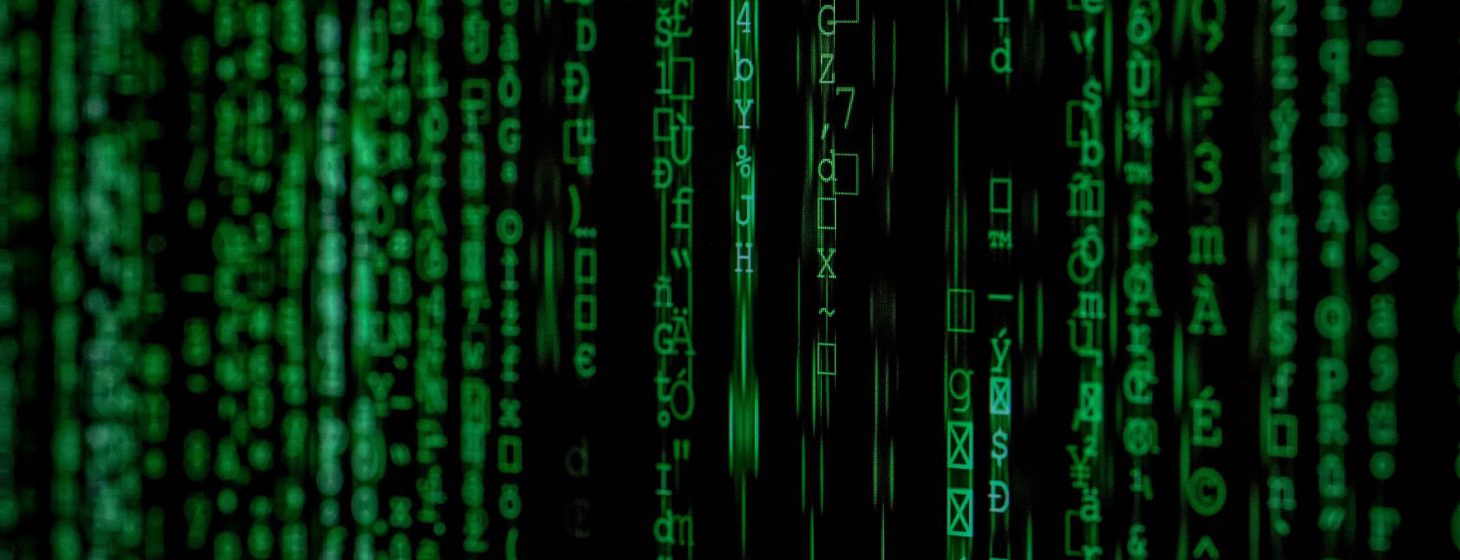Machine learning surrounds us in everyday life. By 2020 according to Gartner chatbots will take over the customer service in 85%. 41% of consumers believe that AI will improve their quality of life. The Netflix portal saves about $ 1 billion a year using a machine learning algorithm that personalizes the suggestions for following viewing titles based on our past decisions. No need to convince anyone that ML is not the future, but the present. And what’s more… companies are investing intensively in ML because they realize how much profits can it bring. So it is worth to ask a basic question: how does machine learn?
Machine learning consists of three main elements: model, parameters, learner. The model is a system that creates predictions/identifications. Parameters determined by data provided to the system are factors by which the model formulates decisions. And last element: learning – the system adjusts the model by observing the differences between predictions and actual results. The algorithm should learn i.e. improve themselves the basis of observation of differences in results, update parameters based on new data, improve performance and gather experience.
In ML, several types of algorithms can be used. What are the basic differences between them?
Machine learning tasks are typically classified into several categories:
Supervised learning
This model involves providing a set of input and output data. That means that model gets information about the expected results. What we expect from model is that after providing the right amount of data, the algorithm will be able to classify or predict results from new set of data and improve results on the base of gather experience.
Possibilities of application – risk management, fraud detection, personalization of interaction, speech and text recognition.
Unsupervised learning
This model involves providing a set of input. And it must find a pattern based on the analysis of the received data and provide us with the output on its basis. The key task of the system is to identify complex processes and patterns on their own, without the need for human guidance. In this kind of learning, we can see a similarity to the operation of the human brain – conclusions are drawn based on analysis and observation.
Possibilities of application – recognition of similar objects

